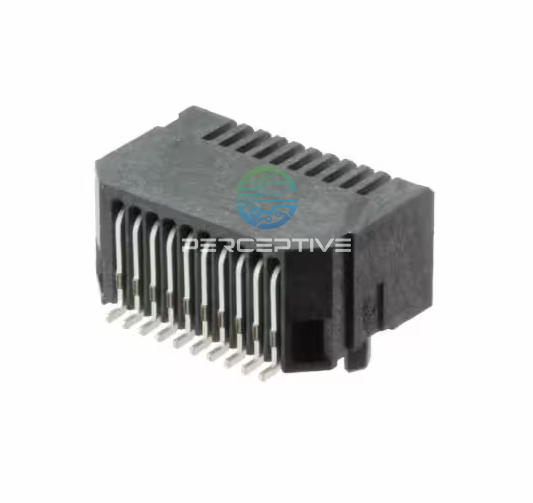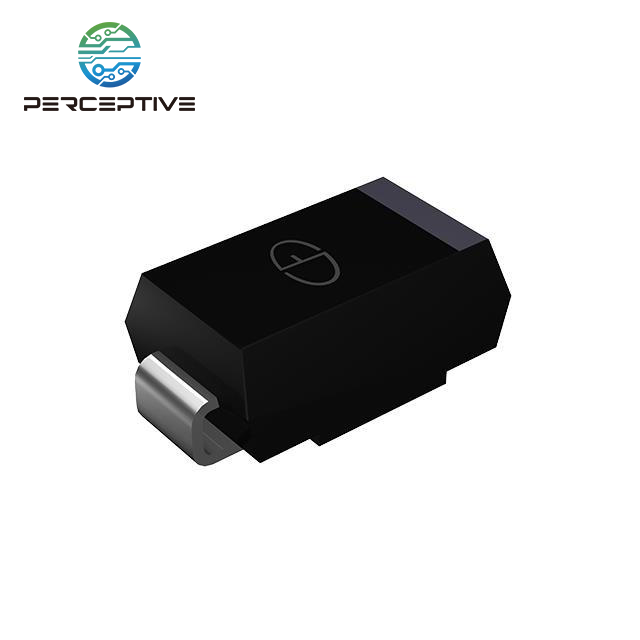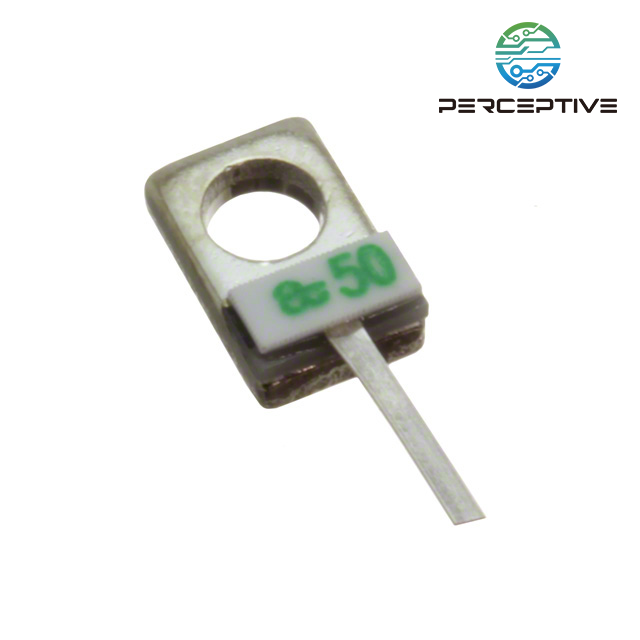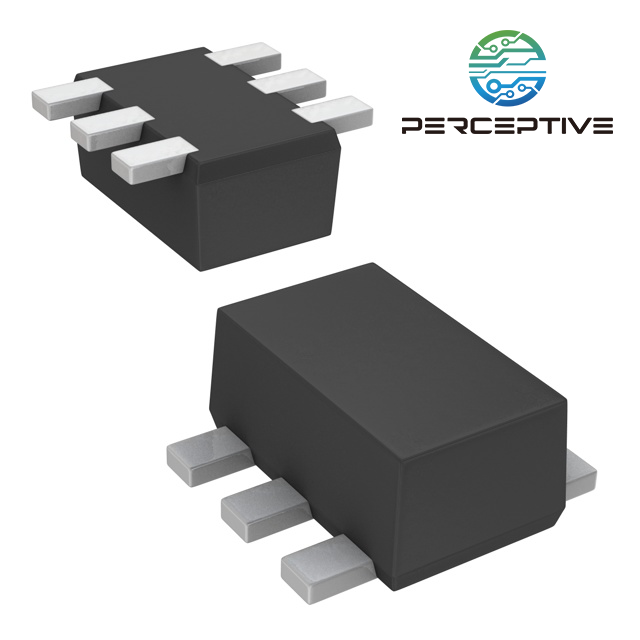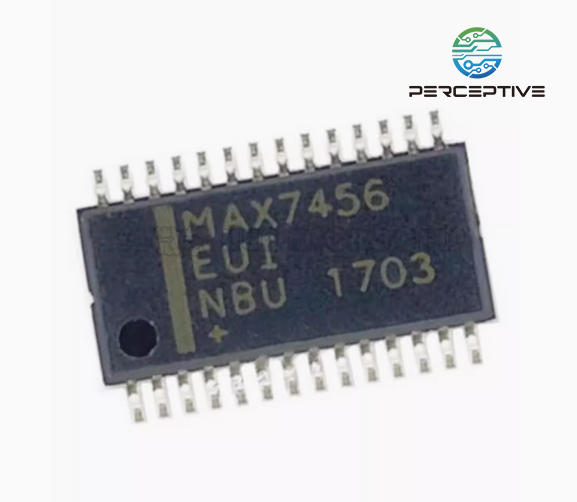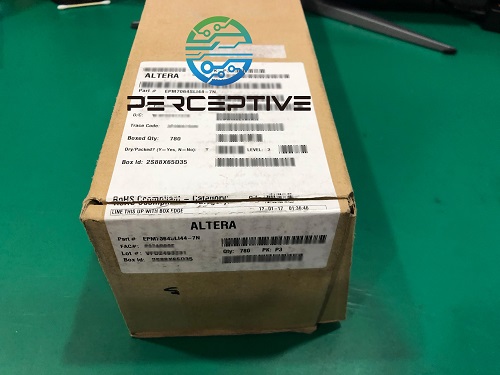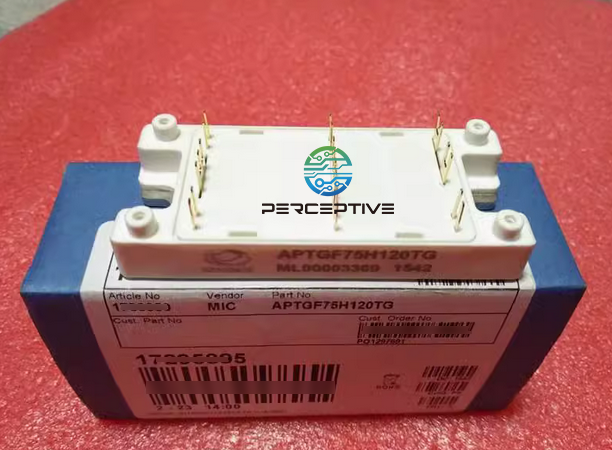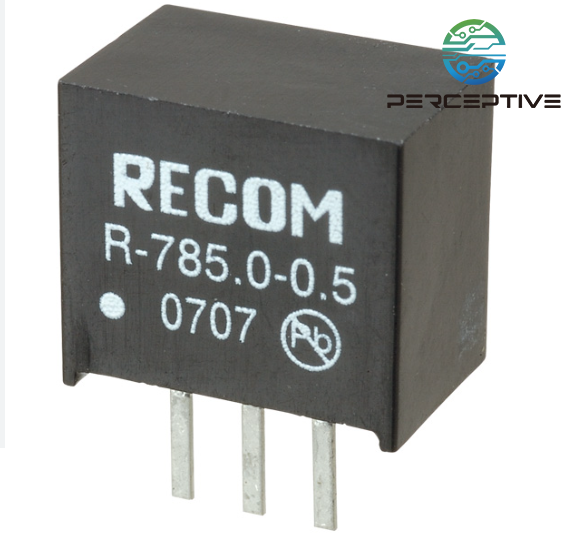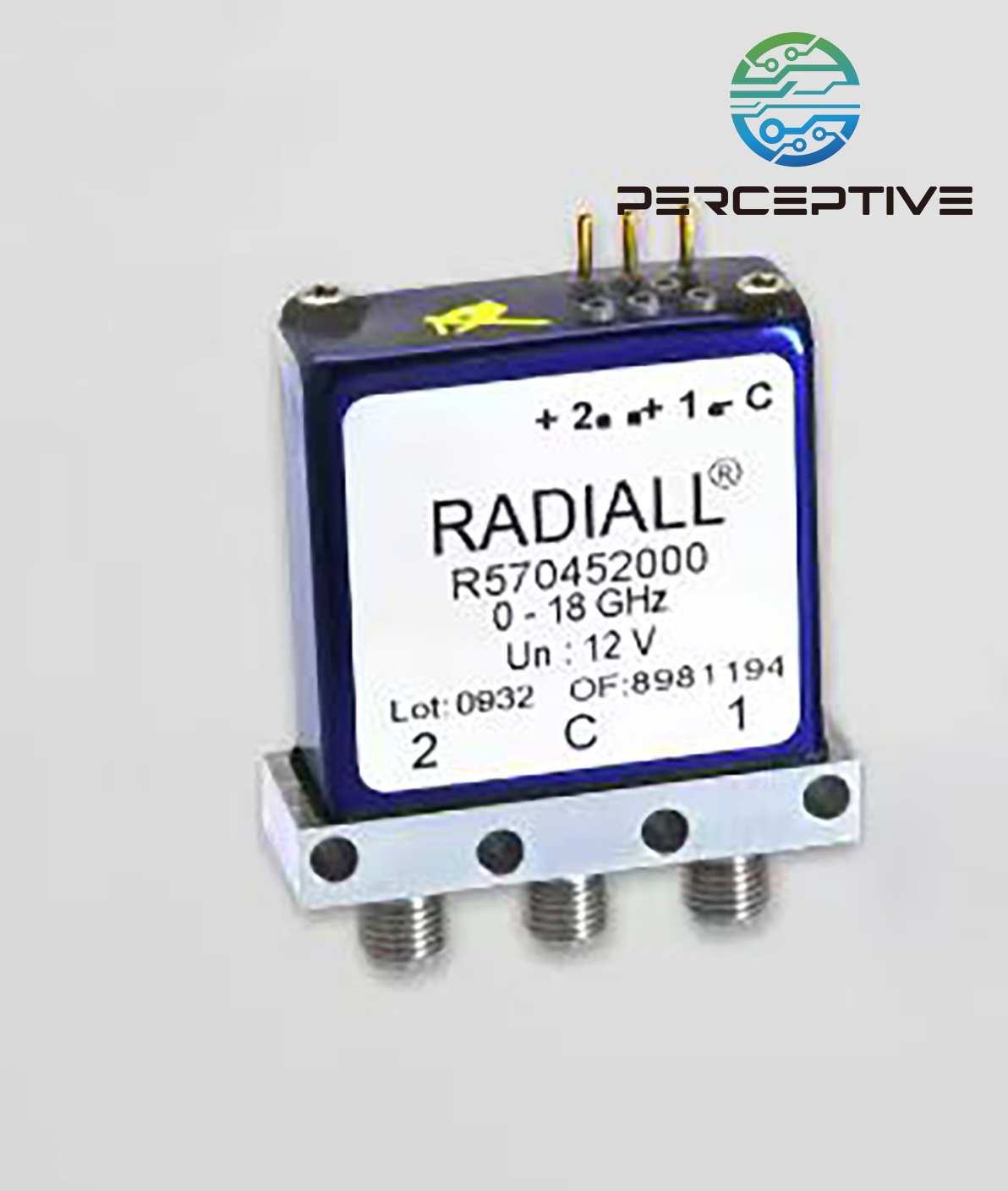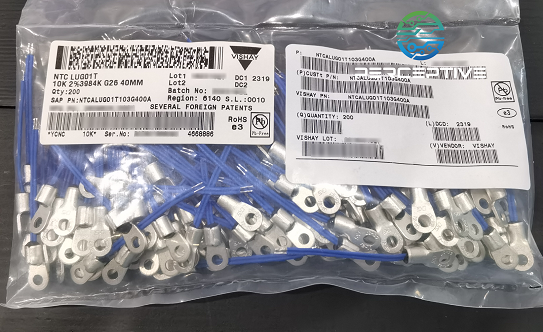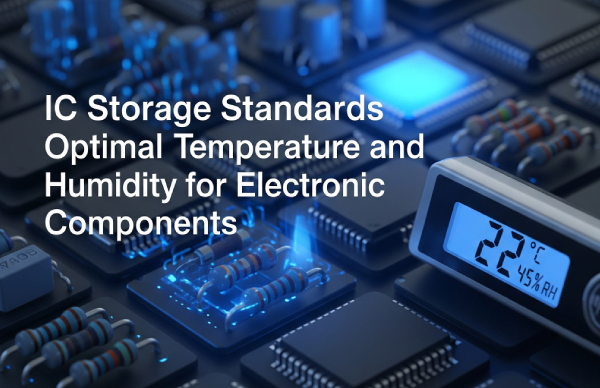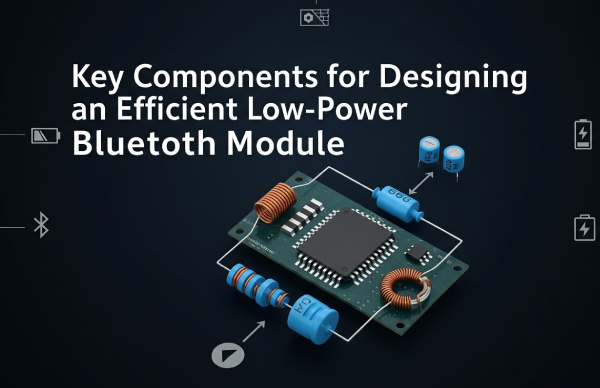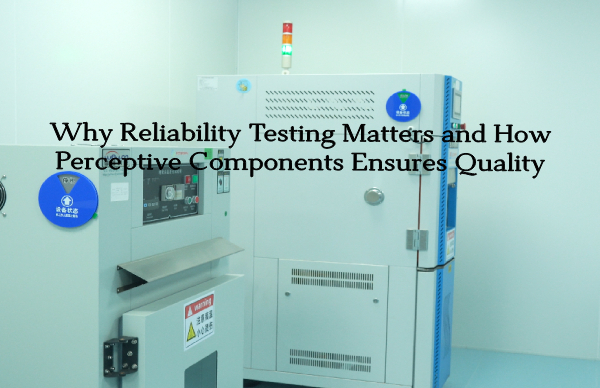In the landscape of wireless communication—from next-generation 5G networks to embedded IoT solutions—RF amplifiers play a pivotal role in ensuring signal strength and integrity. Whether integrated into the front-end of a receiver or powering the final output stage of a transmitter, choosing the appropriate RF amplifier can make or break system performance.
This guide is designed for component purchasers, RF engineers, and product developers looking to understand the essential factors when selecting an RF amplifier that aligns with modern wireless system demands.
1. Frequency Coverage and Required Gain
One of the most fundamental criteria in amplifier selection is its operating frequency range. RF amplifiers must offer reliable performance across the system’s frequency band—whether you're working within 900 MHz ISM, 2.4 GHz Wi-Fi, or 28 GHz mmWave.
The gain level depends on where the amplifier fits in the RF path. For instance, low-noise amplifiers (LNAs)—typically placed near the antenna—require modest gain to boost weak signals with minimal added noise. Meanwhile, power amplifiers (PAs) need higher gain to ensure sufficient output strength, especially in transmission-intensive applications.
Insight: Prioritize amplifiers with consistent gain over the target frequency band to prevent signal fading or uneven performance.
2. Noise Figure: Signal Sensitivity Matters
In receiver circuits, the noise figure (NF) becomes a primary concern. A lower noise figure indicates better sensitivity, which is critical for detecting weak or distant signals.
Advanced technologies like GaAs (Gallium Arsenide) enable low-noise operation, often below 1 dB, ideal for satellite communication or GNSS systems. Meanwhile, GaN (Gallium Nitride) amplifiers—though slightly noisier—shine in high-power, high-efficiency designs.
3. Intermodulation and Linearity (IP3)
In environments saturated with signals, such as urban base stations or SDR platforms, linearity directly impacts signal clarity. The third-order intercept point (IP3) is a widely used metric to assess this.
A high IP3 means the amplifier can manage stronger signals without generating unwanted harmonics or intermodulation distortion, making it ideal for systems utilizing complex waveforms like OFDM or QAM.
4. Efficiency and Heat Handling
Power efficiency becomes crucial in mobile and embedded systems, where battery life and thermal limits are key concerns. RF amplifiers with better power-added efficiency (PAE) convert more of the supplied DC power into useful RF output, reducing energy waste and system heat.
Materials like GaN have become increasingly popular thanks to their high breakdown voltage and thermal stability, especially in compact base stations and outdoor telecom units. However, thermal design—such as using proper heatsinks or thermal vias—should not be an afterthought.
5. Form Factor: Discrete Components vs. Integrated MMICs
When space and PCB layout simplicity are priorities, Monolithic Microwave Integrated Circuits (MMICs) offer compact and reliable solutions. They're widely used in miniaturized designs like USB dongles or handheld radios.
For high-power or customizable systems, discrete amplifier stages still provide greater flexibility and tuning options—especially valuable during prototyping or when scaling for specific production volumes.
6. Voltage Supply and Bias Circuit Simplicity
Some amplifiers require complex external biasing or fixed voltage regulation, which can complicate circuit design. Many newer models offer built-in bias control or operate over a wide voltage range, streamlining system integration.
Moreover, digital-controlled biasing is becoming common, allowing engineers to adjust gain dynamically or implement power-saving modes through firmware—a growing need in adaptive communication platforms.
Conclusion
Selecting an RF amplifier isn't merely about meeting technical specs—it's about matching the device to the system context, whether it's a high-performance SDR or a low-power IoT sensor node. Factors like frequency support, gain uniformity, noise, linearity, and heat dissipation must be evaluated in conjunction, not isolation.
As wireless technologies evolve, staying updated with the latest amplifier innovations and maintaining close communication with suppliers can help ensure the reliability and competitiveness of your design.

